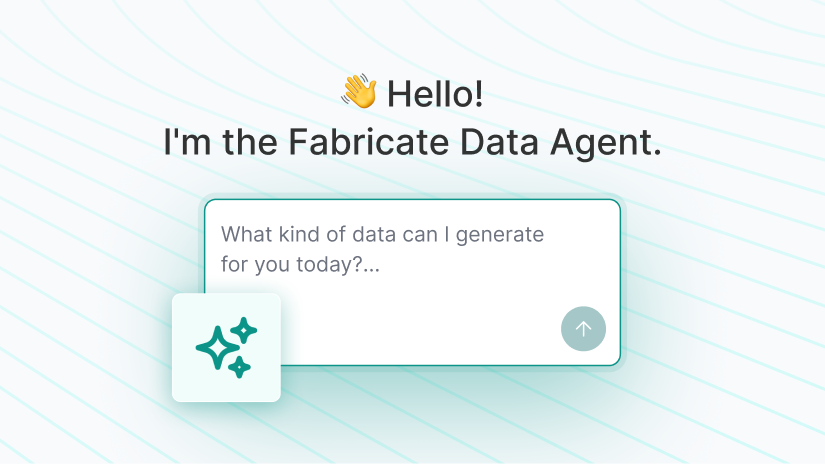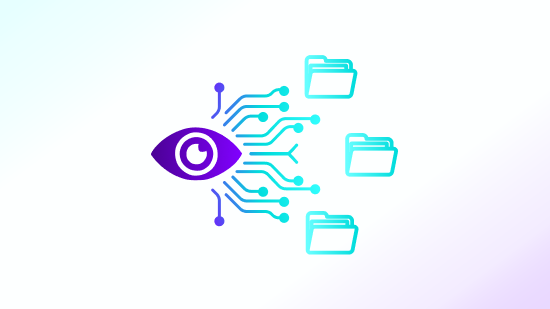Expert insights on synthetic data
The lastest
How to sanitize production data for use in testing
Explore data sanitization techniques and discover how proper sanitization improves test accuracy, protects privacy, and supports secure software development.

Blog posts
Thank you! Your submission has been received!
Oops! Something went wrong while submitting the form.
Data de-identification
Test data management
Tonic Structural
Tonic Textual
Test data management
Data privacy
Tonic Structural
Tonic Textual
Tonic Fabricate
Data de-identification
Data privacy
Product updates
Tonic Textual

Hyper-realistic synthetic data via agentic AI has arrived. Meet the Fabricate Data Agent.
Product updates
Product updates
Generative AI
Tonic.ai editorial
Data synthesis
Tonic Fabricate
Product updates
Generative AI
Data privacy
Tonic Textual
Product updates
Tonic.ai editorial
Tonic Fabricate
Tonic Structural
Tonic Textual
Data privacy
Generative AI
Tonic Textual
Generative AI
Data privacy
Tonic Structural
Tonic Textual
Tonic Fabricate
Product updates
Tonic Structural
Tonic Textual
Tonic Fabricate


.svg)
.svg)




















.svg)











